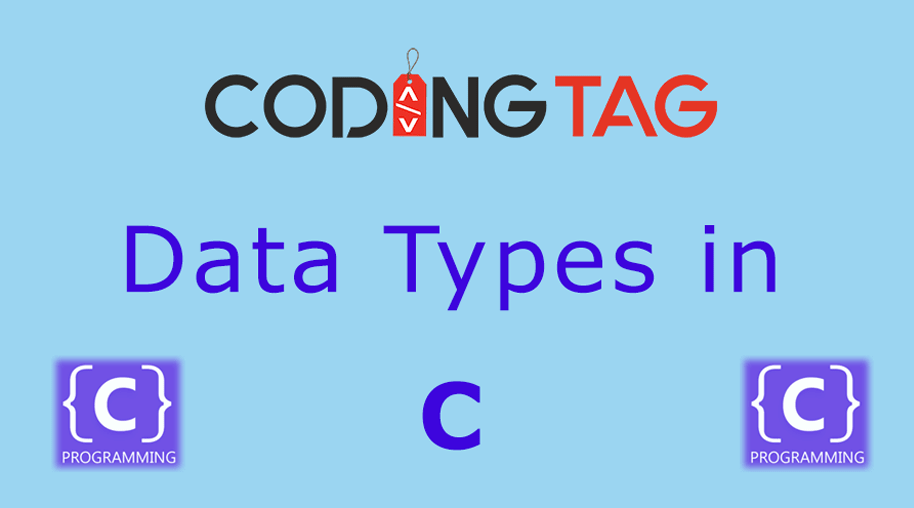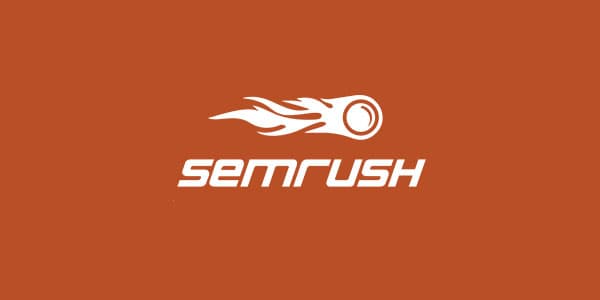Character Set in C
0 733
Introduction to Character Set in C
The character set in C encompasses various elements crucial for handling textual data, including ASCII, Unicode, and more.
Understanding the character set is fundamental for manipulating text efficiently in C programs.
In C programming, characters are represented using the ASCII (American Standard Code for Information Interchange) character set, which includes letters, digits, punctuation marks, and control characters.
Additionally, C supports Unicode, allowing for the representation of a broader range of characters from different languages and symbols.
Syntax:
char myChar = 'A';
Types:
Basic Character Set: Consists of alphanumeric characters, punctuation marks, and special characters defined by ASCII.
Control Character Set: Includes characters such as newline ('\n'), carriage return ('\r'), and tab ('\t'), facilitating control over text output.
Escape Sequences: Special sequences like '\n', '\t', '\b', etc., used to represent non-printable characters and control characters.
Utility Functions:
C provides utility functions to manipulate characters, such as isalpha(), isdigit(), tolower(), toupper(), etc., enabling tasks like checking if a character is alphabetic, numeric, converting case, etc.
Example:
#include<stdio.h>int main() { char ch = 'A'; printf("Character: %c\n", ch); printf("ASCII Value: %d\n", ch); return 0; }
Output:
Character: A ASCII Value: 65
This program demonstrates basic character handling in C by printing the character 'A' and its corresponding ASCII value.
Understanding the character set and manipulation functions is crucial for working with textual data efficiently in C.

Share:







Comments
Waiting for your comments